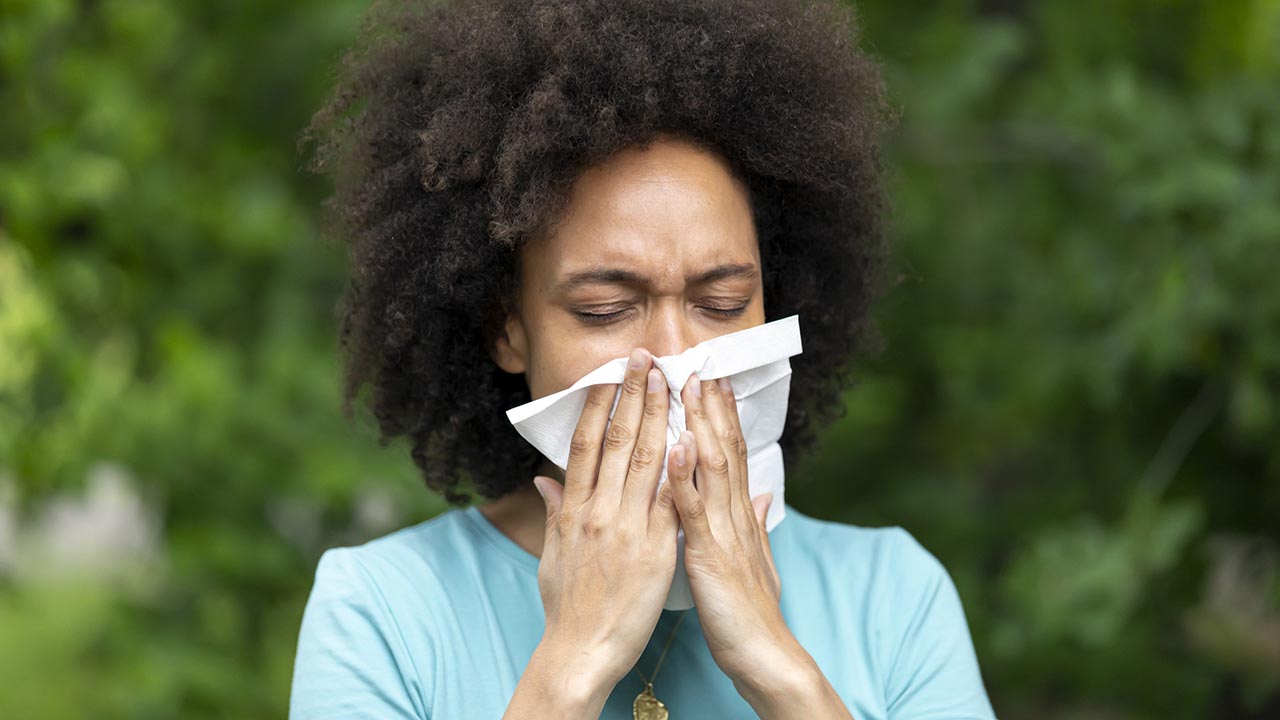

Food allergies have become a more frequent topic of both discussion and concern. Food allergies affect up to eight percent of children. While food allergies can occur at any age, some foods are more likely to cause allergy during childhood, while others occur more often during adolescence and adulthood. Common pediatric food allergies include milk, egg, soy, wheat and peanut. Common allergies after early childhood include peanut, tree nuts, fish and shellfish. Sesame seed allergy has emerged recently as a more common allergen.
Due to confusion between food allergies and food intolerances, it is important to understand the difference.
There have been ongoing studies with attempted treatments to “desensitize” food allergy patients. This involves introducing a small and gradually increasing amount of the food protein orally in a controlled setting as well as introduction of the food protein through the skin using a patch. While there has been success with the oral method in decreasing the sensitivity in some patients, not all patients appear to respond to or tolerate this process. Additionally, there is significant risk involved with many people experiencing anaphylaxis during the process. Unfortunately, the most recent results of the studies using introduction through the skin have been disappointing.
Due to confusion between food allergies and food intolerances, it is important to understand the difference.
- Food allergies result from a specific immune system response to a protein in the food. Therefore, reactions can be quite severe, even resulting in anaphylaxis (a reaction with the potential to close the airways). Symptoms of a food allergy can include itching, hives, lip swelling, tongue swelling, throat swelling, breathing difficulty, swallowing difficulty and vomiting. Symptoms most typically occur shortly after ingesting the food.
- Food intolerances primarily cause symptoms limited to the GI tract including bloating, gassiness, pain, vomiting and diarrhea. Food intolerances may also trigger migraines, but this is rare. Most people with food intolerances can tolerate small amounts of the food without developing symptoms while an allergic reaction can result from a very small exposure. The only exception to this is celiac disease (severe gluten intolerance) that can be set off by a small exposure to gluten.
Testing for food allergies
Allergy testing, either by skin testing or blood testing, can be quite helpful in confirming a food allergy, but neither has a high enough level of accuracy to diagnose a food allergy by itself. Unfortunately, there are many patients carrying the diagnosis of a food allergy based only on a test result. In the allergy world, it is well known that the best test for a food allergy is an oral challenge. This test involves ingesting the food while in a doctor’s office that is equipped to handle these challenges. An ingestion challenge will be considered by a good allergist if there is a questionable history associated with a positive test. There is no scientifically valid test to identify food intolerances. Food intolerances are best identified through an elimination diet.Treatment for food allergies
The only currently recommended treatment for food allergies is dietary avoidance of the offending food. This is sometimes more challenging than expected due to the possibility that the food may be found as an ingredient in other foods. Reading labels is very important. Education on avoidance is also helpful, with high-quality information available on the internet at sites such as FARE (Food Allergy Research & Education). There is also a local food allergy support group called FACES of Green Bay, accessible through a private Facebook page. In breastfeeding mothers of children with food allergies, it is also important that the mother avoid the food as food proteins can be passed through the breast milk.There have been ongoing studies with attempted treatments to “desensitize” food allergy patients. This involves introducing a small and gradually increasing amount of the food protein orally in a controlled setting as well as introduction of the food protein through the skin using a patch. While there has been success with the oral method in decreasing the sensitivity in some patients, not all patients appear to respond to or tolerate this process. Additionally, there is significant risk involved with many people experiencing anaphylaxis during the process. Unfortunately, the most recent results of the studies using introduction through the skin have been disappointing.



